I've written a jQuery plugin that accepts css colors for some of its parameters.
I want to validate them. If it was just a hex or rgb value I could do that with a regular expression, but how do I validate all 147 valid color names without bloating the plugin?
I was wondering if there is some way of attempting to apply a style (maybe with jquery) and then catching an error from the browser if it is not valid?
Edit: powtac and Pantelis came up with a solution, but they both missed edge cases, so I am including a full solution here:
var validateCssColour = function(colour){
var rgb = $('<div style="color:#28e32a">'); // Use a non standard dummy colour to ease checking for edge cases
var valid_rgb = "rgb(40, 227, 42)";
rgb.css("color", colour);
if(rgb.css('color') == valid_rgb && colour != ':#28e32a' && colour.replace(/ /g,"") != valid_rgb.replace(/ /g,""))
return false;
else
return true;
};
